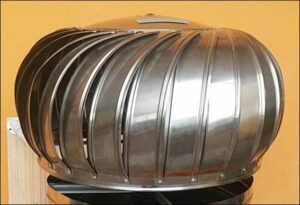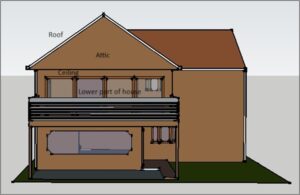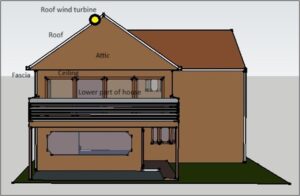
As a tropical country, Malaysia receives a significant amount of the sun throughout the year plus the global warming, our weather has turned to scorching hot.
This phenomenon has unique ripple effect towards specific stakeholders: housing developers, local authorities, research and development entities such as academicians, development-related firm consultants, and house owners.
For instance, housing developers and firms propose several initiatives to reduce excessive heat, such as better house design and advanced materials. On the other hand, local authorities will provide guidance to tackle extreme heat, such as Construction Industry Standard 26 (2019) while academicians will continue conducting related research and development based on the issue.
But how about a typical house owner like me? Attaching active systems such as fans and air conditioners is the frequent answer. Unfortunately, this has led us on more expenses on bills for purchases of air conditioner sets as well as electric consumption hike and routine maintenance.
In the meantime, roof wind turbine ventilator (RWTV) is designed to ventilate hot air from the inside of our house (Figure 1). With a specific design, a passive RWTV can rotate by itself and disperse hot air.

Figure 1: A passive roof wind turbine ventilator
In a typical house design, the roof is considered a structure that is heavily exposed to sunlight and a closed system of roof coverings further generates an accumulation of hot air inside the roof attic, resulted in transfers of heat throughout the entire house. The heat can be transferred to the lower part of the house and distributed through the house components such as beams, columns, and walls (Figure 2).

Figure 2: A typical house where hot air will accumulate inside the roof attic
When RWTV is installed on top of the house, it will eventually help disperse this hot air but, one needs to ensure that air circulation inside the attic is taken care of by introducing air vents, at least at the fascia overhang surrounding the outer edge of the roof base (Figure 3). It is advised that air vents are not placed inside the house (i.e. on the ceiling), especially if air conditioners are to be used to prevent inefficient usage. To maintain natural indoor air circulation, windows will serve its purposes.

Figure 3: Fresh air from outside (red arrows) will seep through air vents at fascia areas, move up inside the attic, and disperse through the RWTV along with heat inside the attic (blue arrows)
Therefore, the inner concept and operationalisation of RWTV, a casual real observation of potential impacts in terms of temperature and electricity cost can be estimated. For example, a single-storey house with roughly 1,300 square feet installing two units of 21 inches turbines is sufficient. The temperature records is to be made three days before and after the turbine’s installation. On average, indoor temperature reduction of up to 3 degrees Celsius is recorded without the help of air conditioners. A decrease of nearly RM40 a month in electricity bill with normal usage of air conditioners. The savings in electricity bills is the average of two months records before and after the installation of turbines.
In a nutshell, a passive RWTV can help reduce the impact of heat in houses. As we speak, latest designs of RWTV integrate a solar panel to force the ventilation of hot air (an active concept). Nevertheless, several points need to be considered before the installation of RWTV such as the quality of material, the warranty provided, installation workmanship, placement of the RWTV, and air vents.

Br. Dr. Hairuddin Mohammad
Senior Lecturer
Centre for Diploma Studies
Universiti Tun Hussein Onn Malaysia (UTHM)
Cum Deputy President of the Association of Certified Construction and Project Development Malaysia (ACCPM)









